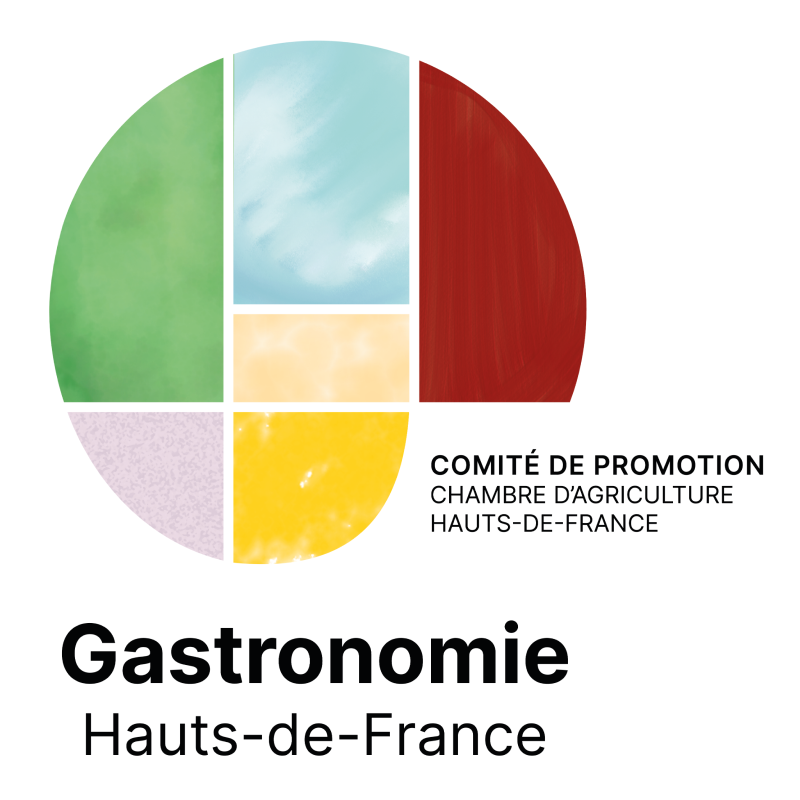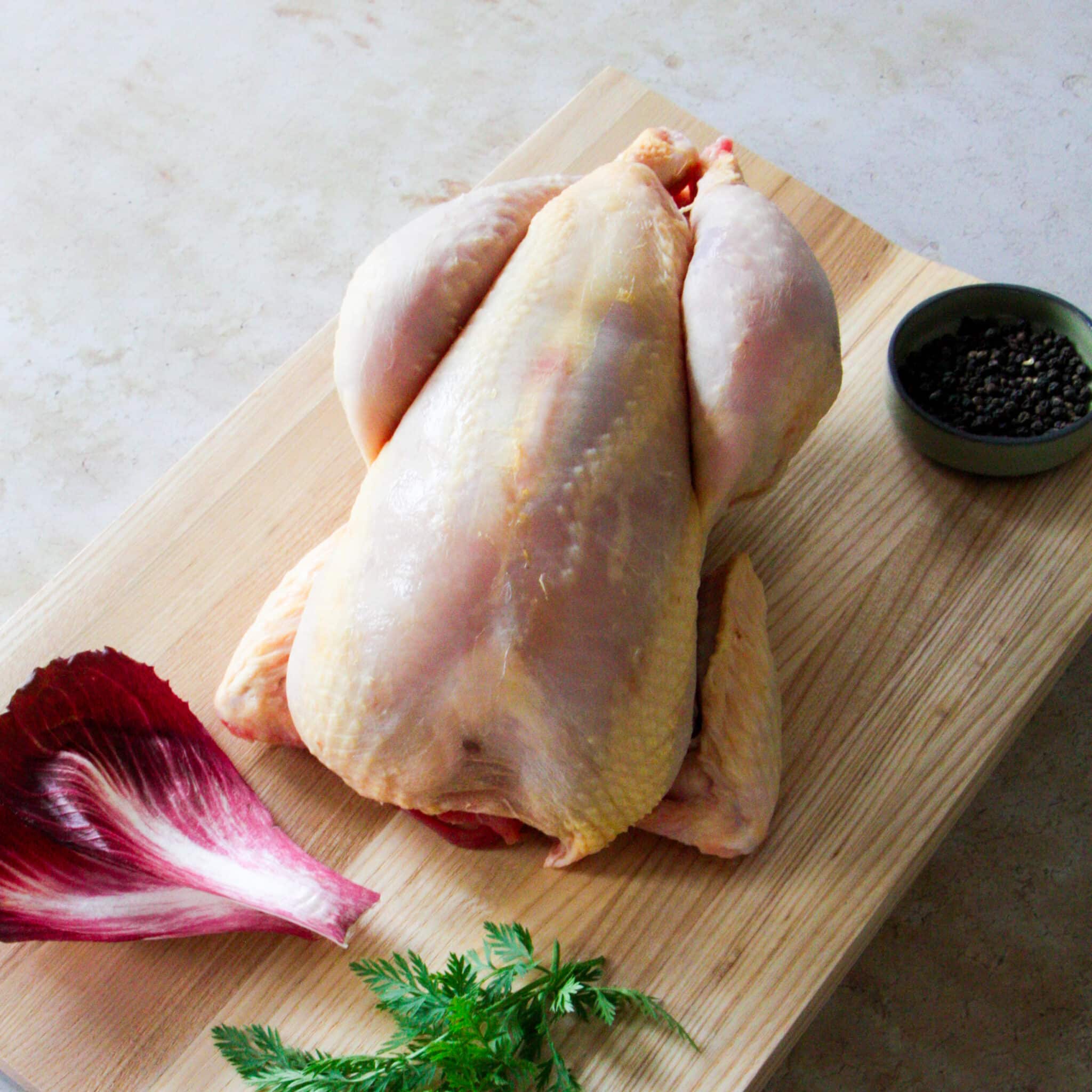Poultry of Licques
In Licques, we don’t mess around with poultry. Whether it is turkey, free-range chicken or guinea fowl, it is cherished like a treasure. Raised in the open air and fed with a healthy diet, it has the Label Rouge and the IGP.
Black turkey, the leader
Between July and December, Licques has ten times more black turkeys than inhabitants. That is to say nearly 15,000 individuals. Since the 17th century, this gallinaceous bird has been the standard-bearer of a picturesque village located equidistant from Boulogne-sur-Mer and Saint-Omer. It has its own brotherhood, its stone statue named Alfred and above all its own festival dedicated to it during which a good « potée licquoise » is savored.
Four-star diet
The black turkey of Licques continues to fight tooth and nail to keep its two titles : a Label Rouge (obtained in 1979) and a Protected Geographical Indication (obtained in 1986). For that, the fifty or so breeders pamper their proteges like wolves protect their cubs. They start by giving them a first diet based on wheat, corn and soybean meal.
All of this is guaranteed to be antibiotic-free, fat-free and animal meal-free. On day 42, the poults are allowed to put their dewclaws out. They peck at the nettles and other thistles that enrich the grasslands of the Boulonnais bocage. In December, everything accelerates. 90% of the marketing of Licques turkey is concentrated in the week before Christmas. The remaining 10% is sold in the two weeks that follow.
The turkey that hide the poultry
The poultry farm of Licques counts much more than turkeys. There are chickens (white and yellow), capons, hens and guinea fowl. Like the black turkey, all of these free-range, healthily-fed poultry have the Label Rouge and the IGP. Their tasty flesh is a delight for gourmets and restaurateurs alike, who always give this exceptional dish a special place. For a few years now, Licques poultry has even been on the menu of the Presidential New Year’s Eve. So many qualities deserve to be praised.

